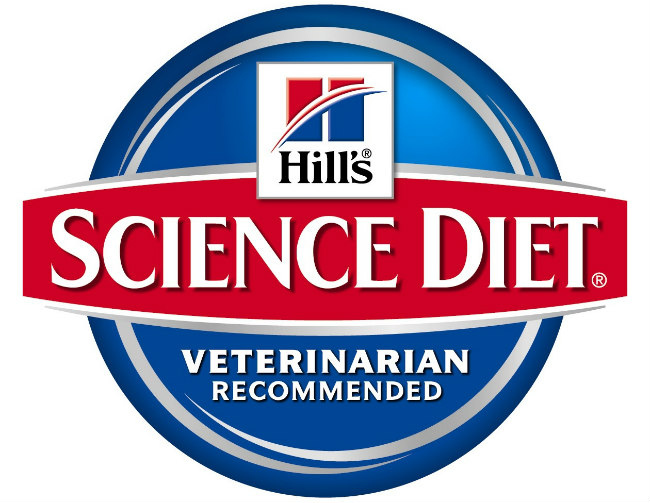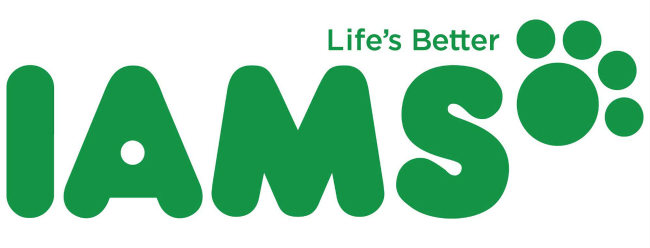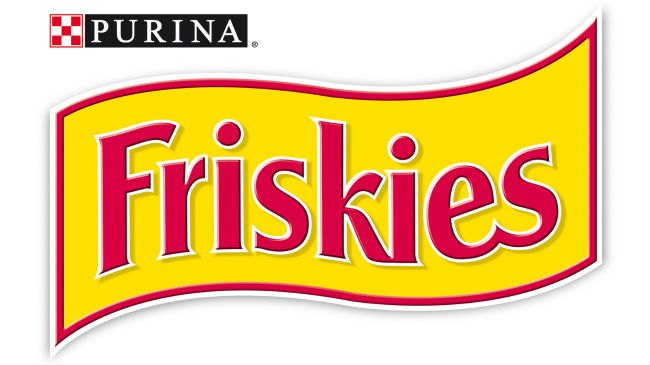Do you feed your feline friend on the same formula through the day? Meal times can be exiting or boring for your cat. This depends on how well you mix the formulas. It is ideal to have different formula types for different meal times. You can have different meals for breakfast, daytime and dinner time for your cat. This keeps your cat interested and guessing at all times.
The Science Diet Adult Tender Tuna Dinner (wet) is one of the formulas you may want to have on your cat’s formula schedule. The makers of this formula claim that this tuna based formula makes the perfect meal for feeding time. It is said to contain real tuna pieces in gravy among other healthy ingredients.
Is this formula good enough for your cat? Read on to find out.
Ingredients in Science Diet Adult Tender Tuna Dinner
Water, Tuna, Chicken, Liver, Wheat Flour, Dextrose, Rice Starch, Oat Fiber, Wheat Gluten, Pork Plasma, Soybean Oil, Glycine, Titanium Dioxide, Natural Flavor, Fish Oil, Calcium Carbonate, Choline Chloride , Potassium Chloride, Cysteine, Iron Oxide (color), Guar Gum, Calcium Chloride, Dicalcium Phosphate, Taurine, Iodized Salt, Vitamin E Supplement, DL-Methionine, Thiamine Mononitrate, Caramel (color), Zinc Oxide, Ferrous Sulfate, Niacin, Ascorbic Acid (source of vitamin C), Copper Sulfate, Pyridoxine Hydrochloride, Manganous Oxide, Calcium Pantothenate, Vitamin B12 Supplement, Riboflavin, Biotin, Beta-Carotene, Vitamin D3 Supplement, Folic Acid, Calcium Iodate, Menadione Dimethylpyrimidinol Bisulfite (source of vitamin K).
An overview of the first five ingredients
Water
As you might expect, water is mostly added for moisture and cooking purposes. It does not add any nutritional value to the food.
Tuna
This ingredient is a well known saltwater fish. There is some debate about whether fish products should be included in cat food at all, because cats by nature do not eat much sea food. A lot of cat owners would rather see meat from other animals such as beef, chicken, turkey, or other meat sources. However, tuna does supply a good amount of protein and also contains an excellent amount of omega-3 and omega-6 fatty acids.
Chicken
Chicken is a very popular ingredient for pet food and in this case, they are referring to whole chicken. This is a very high quality meat source and we are pleased to see it listed. However, whole chicken loses about 80% of its content during the cooking process since the majority of whole chicken is water. After the cooking process is complete, the amount of whole chicken remaining is substantially reduced. Therefor, while whole chicken is a great source of meat protein, this ingredient alone is not enough to provide sufficient levels of meat protein in a cats diet.
Liver
In the wild, cats almost always eat the liver of their prey. It is a rich source of vitamin A which cats must obtain from their food since they can’t make it in their bodies. This is also a good secondary source of protein. If cats consume too much liver, it could cause toxicity, but the amount needed for liver to become toxic to cats is very high. Liver is provided in safe quantities in this cat food blend.
Wheat Flour
Wheat flour is a powder made from the grinding of wheat. It helps with the cooking process and also helps to increase the nutrient values of the food. However, cats do not digest wheat in the same way they digest other meat based products. Wheat does not provide much nutrition to cats and is considered a lower quality ingredient. Some cats have problems digesting wheat and others may experience allergic reactions to this ingredient. In lower quantities, this is considered to be a safe ingredient for cats, but it isn’t considered to be a high quality or nutritious ingredient, either.
Other ingredients in this formula
Pork Plasma
Get ready, because this ingredient might gross you out a bit. This basically consists of pork blood and blood products. They just don’t like saying that on the label. Now, as unappetizing as that sounds, animal blood and in particular, plasma, does provide some nutrition to cats and isn’t unhealthy. In fact, it may provide some benefits including assisting in digesting food properly. The nutritional advantages of plasma as an added ingredient beyond that which is naturally in meat is partly due to immunologic fractions, including IgG, similar to what is found in the colostrum in breast milk. Plasma also contains haptoglobulin, growth factors, other proteins and peptides, and transferrins. The protein fraction of plasma is highly digestible and plasma also increases digestibility of other ingredients, including fiber.
Soybean Oil
Soybean oil is a vegetable oil extracted from the seeds of the soybean (Glycine max) and is one of the most widely consumed cooking oils. Soy is a plant protein used by pet food companies to boost protein content and add bulk. Because plant proteins are less expensive than meat proteins, pet food manufacturers use them to increase profit margins. The majority of experts on pet nutrition agree soy isn’t good nutrition for cats or dogs. It is considered a low-quality, incomplete protein well known to create food allergies in pets. Many cat food companies take a hard stance against the “negative publicity” that soy products receive and defend the use of soy strongly, claiming that soy helps add nutrients and improves a cats coat and skin. However, we do not find soy products to be reminiscent of a high quality cat food.
Natural Flavor
The term “natural flavor” is extremely vague and can mean just about anything. In human foods, natural flavor is usually MSG or some similar flavor enhancer. When pet food companies are asked what is in their “natural flavor ingredients, they usually refuse to answer. There are a lot of things in the world considered “natural” and they almost all have a flavor. Such generic terms can be indicative of poor quality ingredients. While that’s not always the case, the fact is, we don’t really know what this ingredient consists of and that is worrying.
Fish Oil
Fish oil is a popular supplement used by cat and dog owners. In this case, the food is already supplemented with fish oil. This ingredient is high in very healthy Omega-3 and Omega-6 fatty acids. This can lead to an improved coat, healthier skin, boost to the immune system, lower blood pressure, and help improving cognitive function in older pets. There are also some studies that show fish oil to help assist with certain allergies in dogs and cats. This is a higher quality ingredient.
Is this an allergy causing ingredient?
This formula contains traces of wheat extracts. While wheat is an allergy causing ingredient, it is only available in minimal amounts to trigger allergies. However, if your cat suffers from serious wheat sensitivity, it is best to avoid feeding it on this formula.
Other harmful ingredients used in cat formulas
Corn and soy – Both of these grains are commonly found in cheaper cat foods you can normally find in the grocery store. They are cheap filler ingredients that will help to make your cat feel more full, but corn and soy provide almost no nutritional value to cats. These ingredients can also be difficult for some cats to digest, so we do not recommend this product for cats with sensitive digestion issues. And finally, these are two of the most widely known allergens for cats. Most cats are not allergic to these ingredients, but many are. Cat food companies like to use these ingredients because they are cheap and boost the protein percentage in the food. However, cats digest meat proteins and plant based proteins differently. Since they are obligate carnivores, they require meat protein to live a healthy life and do not process plant proteins very well.
Artificial coloring – We find it quite irresponsible to include artificial coloring in pet food since the health concerns about these added colors are so controversial. Your cat does not care what color their food is and the only reason artificial coloring is added to this product is for marketing purposes. It makes the food look better to you YOU, the human consumer. Of course, many cat food brands are very defensive about their use of food coloring. Here is an example of how the Purina brand defends their use of fool coloring. Notice how even in their explanation, there is no perceived benefit to these ingredients other than changing the color. There is also a growing amount of evidence to suggest food coloring may be linked to cancer in not just dogs and cats, but also humans. Here is an article that explains a bit further. In short, since there is some controversy surrounding this ingredient, we find it a bit strange that cat food companies would spend money adding this ingredient into a product when at best, it has zero nutritional value for your cat and only has marketing value. At worse, it could pose health risks. It just doesn’t seem like the risk of including this ingredient is worth it.
Gluten – This ingredient is associated with causing allergies in cats. It is also known to raise sugar levels in cats. Over time, this can lead to diabetes. Gluten refers to the proteins found in wheat endosperm which is a type of tissue produced in seeds that’s ground to make flour. Many pet food manufactures will use this ingredient to help boost the protein percentage of the food.
Conclusion
Judging from the ingredient used in the manufacturing of the Science Diet Adult Tender Tuna Dinner (wet) can be termed ad nutritious ingredients. Even though it contains a few unnecessary ingredients, this formula supplies the cat’s system with the required nutrients to ensure the health of your cat. Therefore, this formula is suitable for all cats.





